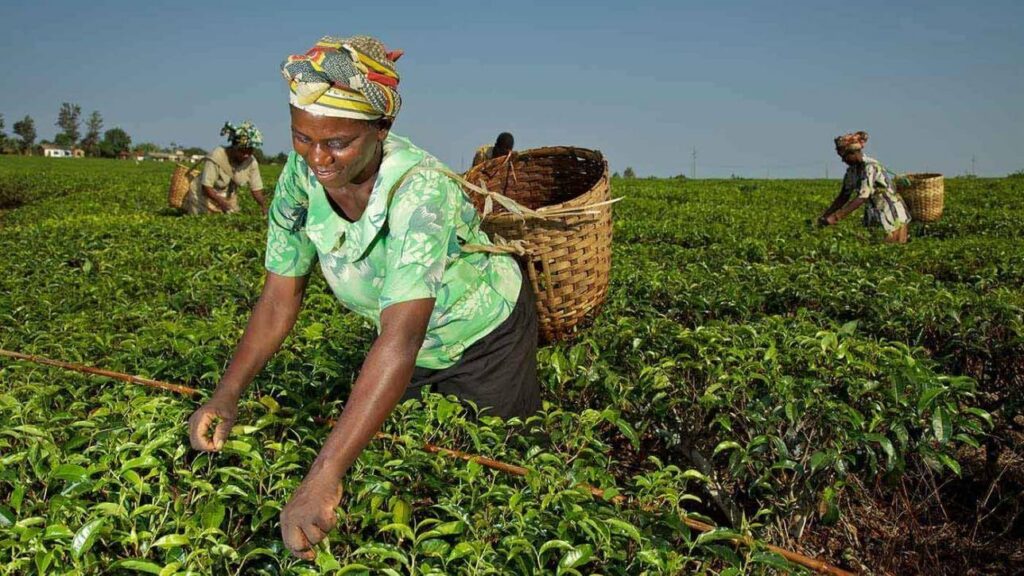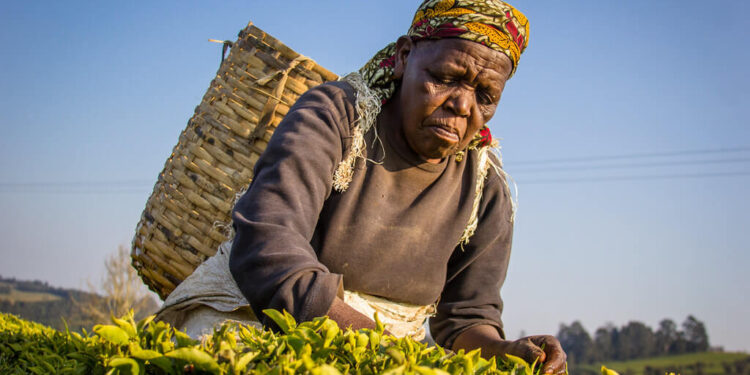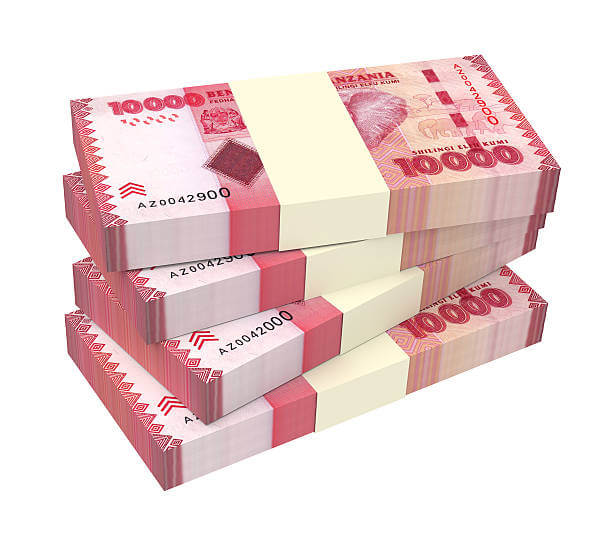Tea production in Tanzania has slowed down due to weather changes that has affected most tea growing regions resulting into low productivity.
The low tea production has also been compelled by fall in prices and reduced funding to responsible farming institutions in the country.
In an attempt to revitalize the tea industry to acquire international markets, the government has embarked on three strategic measures to increase tea production.
Available data from the National Bureau of Statistics (NBS) indicate that tea production fell by 22.8 percent to roughly 28,715 metric tons during 2020/21 trading period.
This was a five-year low in terms of production volume recorded during the period observed for five years ago between 2016 and 2019 whereby tea production output had peaked up at 37,200 metric tons.

It is on this regard that the Government has devised measures that among other things seek to increase production of quality tea, finance the Tea Board of Tanzania (TBT) to enable it to carry out generic promotions, equipping processing factories with modern technologies and changing farmers’ mindsets on the crop.
The strategic plans by the government currently is to raise production levels and boost its industrialization plan, to implement what the authorities had planned for the industry three years ago to have own warehouse in Dar es Salaam city for easy exportation of the crop abroad.
An Economist with Tanzania Tea Board Mr. Ngonga Nkonya confirmed to The Business Wiz in an exclusive interview held recently in Dar es Salaam during the three-day Afro-World Agri Food Conference that brought potential buyers, economists, experts and investors from Asia, Africa, Europe and America.
He said that, “the needed facility has already been constructed noting that Tanzania tea will now be auctioned here instead of using the Mombasa Auction market in neighboring Kenya which is far away from main production zones in the country”.
Tanzania tea is currently sold through Mombasa auction at an estimated volume of between 5,000 and 8,000 tons per year, depending on the harvest season and weather in key production areas.
The government has also embarked on financing the majority of small-holder farmers in production zones such as in Korogwe and Sakare which are in Tanga region to enable them process tea leaves through their Agricultural co-operative unions such as the AMCOS.
TBT aims to raise tea production by giving growers better prices mostly small-scale farmers through better marketing of the commodity by helping farmers enter both domestic and foreign markets.
Plans are also underway through the main cooperative union known as Tanzania Tea Small Holder Tea Growers Association (TASTGCU) to construct small industries that would help process tea within three years’ time and these would be stationed in 14 district councils where tea is grown.
Another target for the government is the establishment of irrigation schemes in large estates where tea is grown, a move that is coordinated by help of agricultural experts from the Ministry of Agriculture as a basic means to curb the prevailing dry weather seasons which normally occurs between July and November of the calendar year.
Tea is mostly grown along equatorial zones with high cold temperatures in ecological zones and that is the reason why Kenya is leading with high production capacity compared to its East African Community (EAC) peers.
In Tanzania there are three main growing areas located in the Southern Highland regions in Njombe, Iringa and Mbeya region which covers about 80 percent of tea farmers.
The remaining 20 percent of tea plantations are grown in East Usambara in the Tanga region close to the coast, and the North West zone around the southern western shore of Lake Victoria in Kagera and Mara regions respectively.
The Ministry of Agriculture is looking for the possibility of increasing the current cultivated land from 22,721 hectares to 25,000 hectares which is about 10 percent of the space used in Kenya.
Among the hectares currently under cultivation, some 11,272 hectares are big estates managed by big companies and 11,449 hectares are owned by international farmers who constitute half of tea growers in Tanzania.
Tanzania has several tea companies involved in the cultivation, processing, and marketing of tea. Some of the notable tea companies includes, Tanzania Tea Packers, Kazi Yetu, Tanzania Tea Collection, Tanzania Tea Blenders, Unilever Tea Tanzania Limited and Luponde Tea Estate Tanzania.
The suitability of tea which is used as a drink, is more diverse for it is constituted with rich substances which are the major active compounds present in tea leaves.
The most commonly preferred tea by users is “Green Tea” which is known for its many health benefits and refreshing taste. Not only does it taste great, but it also has a pleasant taste that is quite stimulating.
According to tea experts, green tea is rich in anti-oxidants called polyphenols which are micro-nutrients that naturally occur in plants. They’re included in many supplements, though they are also easy to get in people’s diet from foods like fruits, vegetables, teas, and spices.
Much of the tea crop grown in United Republic of Tanzania is commonly used in teabag mixes and sold in European countries such as United Kingdom and also in Far East markets such as Pakistan markets and in Africa is sold in South Africa as well as in Kenya to give strength and vitality.
Statistics on exports from the Ministry of Agriculture shows that, in 2022, Tanzania exported $38.8 million worth of tea thus, making it the 22nd largest exporter of the product in the world. At the same year, tea was the 31st most exported product in Tanzania.
The main destination of tea exports during the period under review from Tanzania are, United Kingdom, $9.78 million, Pakistan $7.19 million, South Africa $5.79 million, Kenya $4.46 million and Oman $3.93 million.







